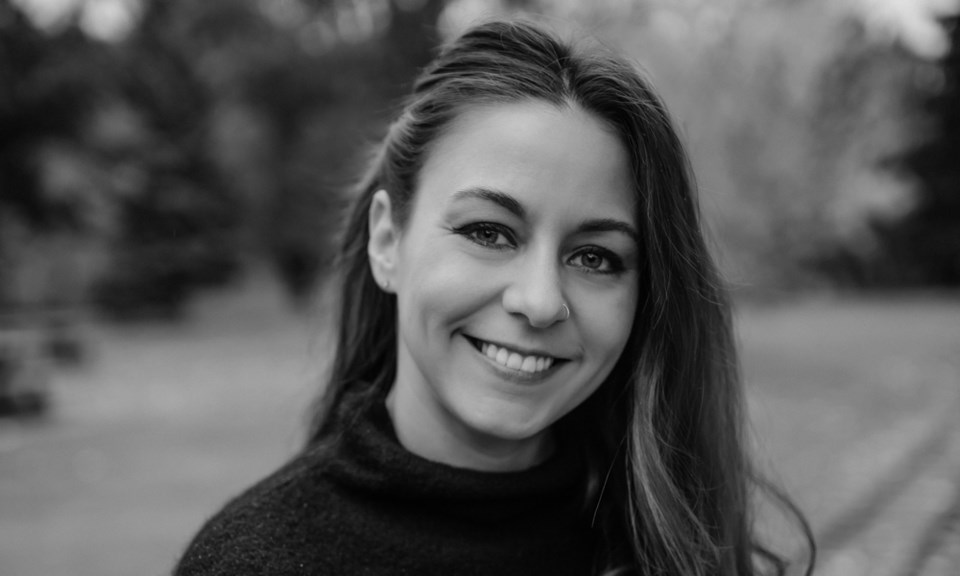In 1952, renowned archaeologist Charles Borden remarked that the Interior Plateau of Northern British Columbia is archaeologically one of the least known regions in North America. This remains just as true today.
Until 2012, the occupation of the Interior Plateau of Northern British Columbia, specifically that of Prince George, was thought to have only been in the last 4,000 years.
Located on the traditional and unceded territory of the Lheidli T'enneh First Nation, it was in 2012 when an archaeological site of significant cultural and scientific significance was partially excavated. Scientifically dated evidence from this excavation proved occupation 5,000 years before what researchers previously thought.
The site's location is relatively close to the current confluence of the Nechako and Fraser Rivers, at a location 4 km southwest on a large paleo-channel of the Nechako River bisected by a paleo-channel of the Fraser River. This site is the first to significantly shed light on the earliest occupation of the north-central interior of BC and has proven what local Indigenous knowledge holders and oral histories have been saying all along—in this place, for thousands of years, Indigenous people have met the challenges of their environment and followed the rhythms of the seasons. Radiocarbon dating suggests Indigenous people have occupied this territory for at least 9,000-10,600 years.
Although the site only covers 2.75 acres, it includes 57 cultural depressions and a high density and deeply buried cultural deposit. These depressions and artifacts provide evidence of repeated use over thousands of years. Even though less than two per cent of the site was excavated, the complete assemblage of artifacts comprises 31,671 specimens, including 45 examples of projectile points and numerous simple and expedient tools from ready-at-hand materials. Evidence examined also indicates that the site was repeatedly occupied over the course of at least 1,000 years until flooding prohibited the use of the specific area, and then again over the past 500 years as water once again receded.
The partial excavation of this site brought together local Indigenous knowledge holders and archaeologists through partnership and collaboration, allowing for a much deeper understanding.
There are likely many more sites within this area that have not been found because of low archaeological visibility. Even more have been lost due to destruction by natural occurrences and/ or human activities and development. This specific site would have originally been much larger if not for natural events and human development.
The results of these excavations have had significant implications regarding what we currently understand about the cultural material, subsistence, and migration of the earliest inhabitants of British Columbia. The results of the excavations have also prompted a re-evaluation of previously accepted timelines for glacial retreat along the Fraser basin on the Interior Plateau.
Further in-depth analysis of the recovered material should provide us with a more comprehensive picture of what life was like for inhabitants of the northern interior over the past 10,000 years. Conversations are underway at The Exploration Place on how we can work with ethnobotanists and archaeologists using site samples to do residue analysis and soil sampling to learn more about what was growing, harvested, and eaten. X-Ray Fluorescence analysis on obsidian recovered will teach us about trade and migration pattern.
Although this site is of particular interest and significance, it is important to note that currently, there are 46 recorded archaeological sites within the municipality of Prince George and another 36 recorded within five kilometres of the city. Even more staggering is that there are over 2,200 recorded sites within 100 kilometres of city limits. This leaves me to wonder how many more have yet to be discovered and how we can learn from these sites to give a more complete picture of what life was like in this place we call home.
Alyssa Leier is the curator at The Exploration Place.



